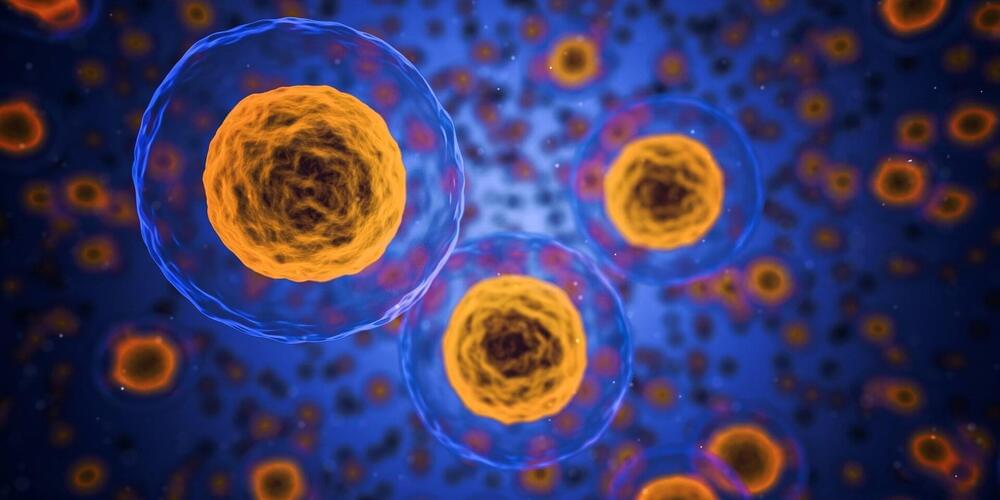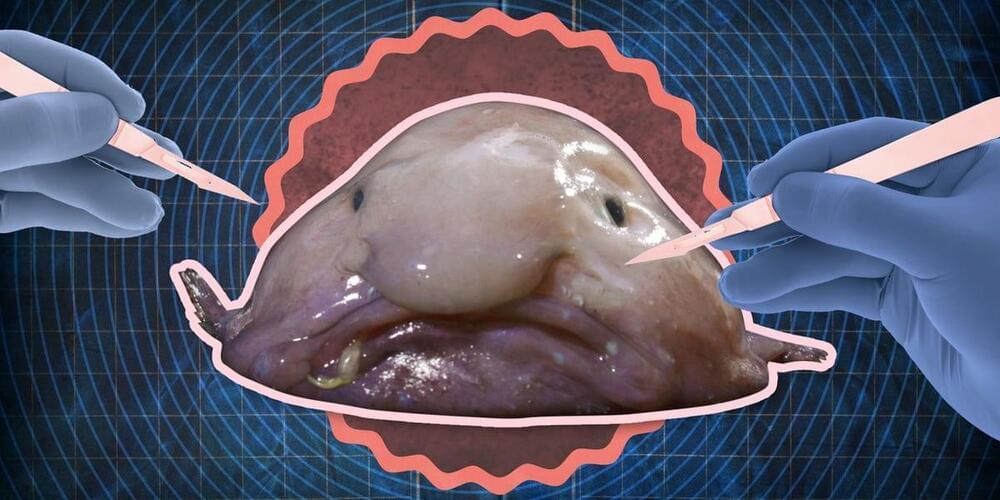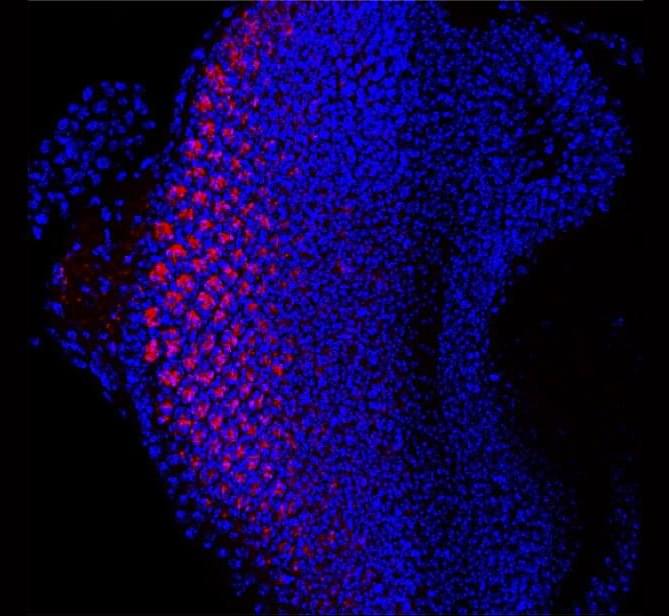Jan 10, 2023
Mapping endometriosis: A vast cellular atlas is created
Posted by Shubham Ghosh Roy in categories: biotech/medical, genetics
Investigators at Cedars-Sinai have created a unique and detailed molecular profile of endometriosis to help improve therapeutic options for the millions of women suffering from the disease.
The study is published today in the journal Nature Genetics.
“Endometriosis has been an understudied disease in part because of limited cellular data that has hindered the development of effective treatments. In this study we applied a new technology called single-cell genomics, which allowed us to profile the many different cell types contributing to the disease,” said Kate Lawrenson, Ph.D., an associate professor in the Department of Obstetrics and Gynecology at Cedars-Sinai, and co-senior and corresponding author of the study.


















